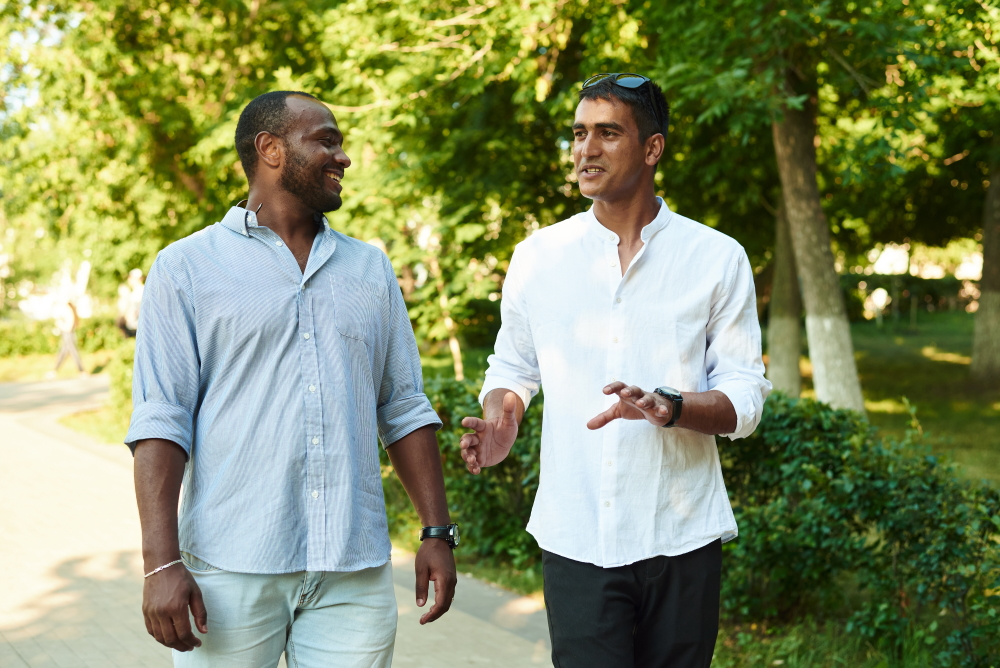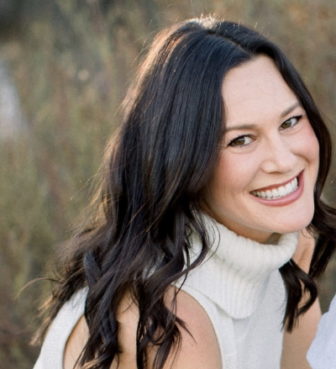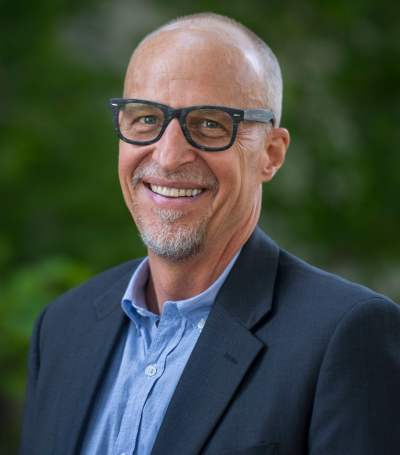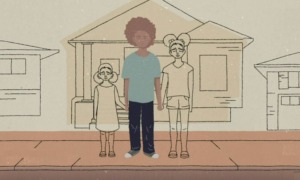 ESTONES TENKA/SHUTTERSTOCK
ESTONES TENKA/SHUTTERSTOCK
More than 115,000 Americans will be shot and 40,000 will die from gun violence this year alone — just like the year before and the year before that one. Gun violence in our country is considered one of the greatest public health crises of our lifetime, disproportionately impacting and traumatizing communities and people of color.
Far too often we see the disproportionate rates at which marginalized people in our country are the targets of hate, violence and injustice. COVID-19 and the recent peaceful protests are bringing to light the inequities that exist in our broken systems — but it shouldn’t take a pandemic and a nine-minute video of a man being murdered by police for systemic change. The data on these inequities has existed for decades.
As the only state-based donor collaborative investing in gun violence prevention in California, Hope and Heal Fund takes a public health, community-based approach through a racial equity framework to end gun violence. It harnesses the collective power of philanthropy, government, advocates, experts, researchers, community partners and individuals to invest in proven solutions and emerging strategies to intervene, interrupt and prevent trauma, injuries and deaths as a result of gun violence in the homes and communities in California.
We don’t just look at the gun violence making national headlines, like mass shootings. Although incredibly tragic, they are just 1% of gun deaths in the U.S.; we look at all forms of gun violence — domestic violence, suicide by firearm and community violence.

Ally Barron
We follow the data to elevate proven community-led solutions. We know that Black and Latinx people are the overwhelming targets of gun violence — 77% of all gun homicides in California are people who are either Latinx and Black and the vast majority of the victims are young men (30% Black and 48% Latinx). The data tell us that Black children and teens are 14 times more likely than white children and teens of the same age to die by gun homicide.
If we want to talk about ending gun violence in this country, we need to look at what the majority of gun deaths are — suicides. In California, one out of every two gun deaths is a suicide. We need to look at the entire picture of gun violence. The forms are intersectional and the drivers are most certainly intertwined — hopelessness, lack of opportunity and the vast inequities within our systems.
California groups doing great things
Despite these horrific numbers and what can seem like a daunting hopeless epidemic, we know there is hope, opportunity and so much already being done to successfully stem the tide of gun violence in communities and homes.
Hope and Heal Fund follows the lead of our community partners, the organizations on the frontlines of gun violence. We focus our investments on those closest to the problems within their communities because they are those closest to the solutions. Hope and Heal Fund invests in capacity-building grants to support, elevate and enhance the work of those already paving the way for success within their communities.
The lack of funding, professional services and training and human capital should not be the reason an organization reaches a plateau; not when they have the authentic leaders with lived experiences who are tirelessly working to improve the lives of their community members. We work with extraordinary community leaders, researchers and critical thought partners in California and across the country.

Brian Malte
Among them are groups such as Urban Peace Institute, Advance Peace, Office of Violence Prevention in Los Angeles, Veterans Affairs, California Partnership to End Domestic Violence, National Institute for Criminal Justice Reform, National Compadres Network, Youth Alive!, Violence Policy Center, Educational Fund to Stop Gun Violence and so many others. Many of these organizations are on the ground implementing effective solutions to gun violence and uncovering the much-needed data to drive solutions. Many local organizations, however, have been historically underfunded and their successes and hard work have been largely ignored by the media, who tend to focus mostly on public mass shootings and gun reform in Congress and state legislatures.
After four years of listening and learning from our community partners, we have made strategic investments and partnerships to lift up proven solutions and stories of success. With funding from Hope and Heal Fund, our philanthropic partners and public funding, we are seeing tremendous results in gun violence prevention. Here are some of those results in California:
- As a result of funding Advance Peace in Stockton, the city has seen a 40% reduction in homicides since 2018, with 31 firearm incidents prevented. Of the 40 fellows in the program, 100% are alive with 95% of these fellows not incurring new injuries due to gun violence.
- In South Los Angeles, the Urban Peace Institute’s Community Partnership Program has brought about a 70% reduction in violent crime and a 50% drop in youth arrests since 2010.
- The city of Oakland launched a gun violence reduction strategy at the end of 2012 and saw a 50% reduction in shootings in five years. That’s 70 fewer deaths and hundreds fewer injuries.
- The city of Richmond saw a 66% reduction in gun violence from 2010 to 2017 thanks to the work of Advance Peace and the Office of Neighborhood Safety.
But it is not just about investing in solutions that keep bullets from killing people — there are the unseen wounds that need to be prioritized in prevention as well. Gunfire doesn’t just cause death and physical injury, it also takes an emotional toll on communities. The presence of gun violence in our homes and communities causes trauma and lifelong emotional damage.
If left untreated, historical and community-wide trauma manifests into lateral violence on the streets and domestic violence in homes. Guns are not only widely accessible in urban areas, but they are also the most lethal form of violence and tools of coercion and intimidation, especially in intimate partner violence.
Here’s what works for trauma
One does not have to be shot to suffer from gun trauma. Just living in a ZIP code highly impacted by gun violence is cause for fear, hypervigilance, trauma and poor health outcomes. We see the signs in ACEs studies, where data show exposure to violence can negatively impact a person’s physical and psychosocial health, and we know income inequality is a major driver of gun violence for people of color.
We often hear that stronger gun laws are the solution to gun violence. While strong state gun laws correlate strongly with lower gun death rates, like California, we know legislation is not the only solution. If strong gun laws were the single answer, then California would not be losing over 3,000 people to gunfire each year.
So what truly works? Hope and Heal Fund has found that investing in the whole person is investing in the whole solution. We see success when the organizations that connect with individuals who are at high risk of being shot or shooting someone:
- Promote authentic relationships with meaningful and impactful mentors.
- Provide services that include financial support and job training.
- Place a high priority on ensuring all interventionists and mentees receive proper healing practices while lifting up their stories of hope.
When given a choice, young men caught in the cycle of violence overwhelmingly choose hope and opportunity over pulling the trigger.
In order to make an impact and be successful, we rely heavily on the philanthropic community to support our efforts. Hope and Heal Fund is grateful for the support of our funding partners, including California Wellness Foundation, Blue Cross Blue Shield, The California Endowment, Heising-Simons, Akonadi Foundation, Cedars Sinai, The David Bohnett Foundation, Sierra Health Foundation, Rosenberg Foundation and many other supporters.
Hope and Heal Fund believes gun violence cannot be ignored by the philanthropic community — it touches everyone and everything that philanthropy is working to improve. In order to see real, sustainable change and keep our homes and communities not only safe but prosperous, we must work together, make everyday gun violence prevention a priority and invest in community-based solutions.
Brian Malte, executive director of the Hope and Heal Fund is a nationally recognized leader in the gun violence prevention movement. Over the course of his 25-year career, Brian has led community-based movements as well as strategic political campaigns for sensible gun reforms.
Ally Barron, development and communications officer of the Hope and Heal Fund has over 11 years of experience within the nonprofit and philanthropic sector. Hope and Heal Fund is the only state-based donor collaborative that pursues a public health, community-based, racial equity-driven approach to gun violence prevention.





























